Why I love Middle-earth - and my favourite low fantasy settings
 |
| Image courtesy of Fiction Horizon |
Middle-earth
Ever heard of The Lord of the Rings?
Of course you have. It’s one of the most beloved fantasy tales ever written, and it all takes place in Tolkien’s carefully built world of Middle-earth.
It began in 1937 with The Hobbit, a “children’s book” that’s really about a homebody named Bilbo Baggins who gets dragged into a dragon-sized adventure with Gandalf and a band of dwarves. Along the way, Bilbo finds a certain magical ring - which turns out to be far more dangerous than anyone guessed.
Together, these works make Middle-earth one of the most complete and convincing fantasy worlds ever created. It’s no wonder generations of readers have lost themselves in its hills, halls, and hobbit holes.
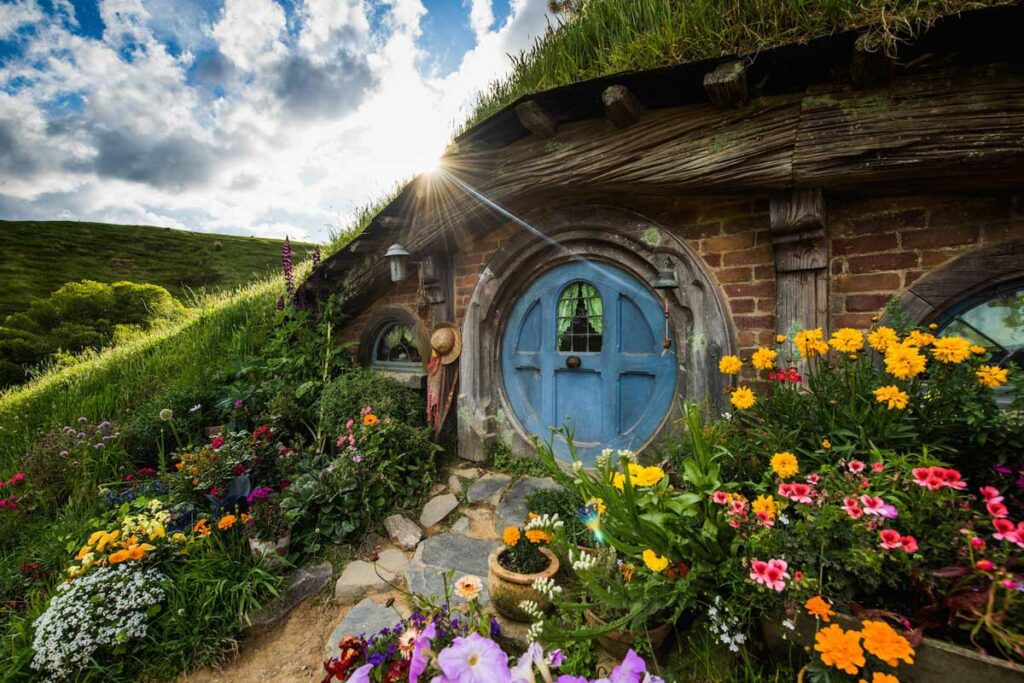 |
| Lose yourself in a real-world hobbit hole in New Zealand Image courtesy of NZ Travel Organiser |
Why I love Middle-earth
- It’s the backdrop for timeless tales of courage against overwhelming evil.
- The journeys matter just as much - sometimes more - than the destination.
- Tolkien’s writing paints such vivid landscapes that the world feels alive in my mind.
- Magic is there, but it’s rare and subtle, which makes the world feel strangely believable.
- And of course, it inspired so many of the things I adore today - Dungeons & Dragons being at the top of that list.
Want to set off on your own journey?
Read or Listen
Begin with The Hobbit, then dive into The Lord of the Rings. If you’re hooked, take the leap into The Silmarillion but be warned - its history textbook style can be jarring after the others. I treasure my illustrated editions by Ted Nasmith - the painterly style makes these books feel like art. For something more portable, the audiobooks read by Andy Serkis or Christopher Lee are excellent companions. I love listening to them while walking through the forests and rivers here in Switzerland - it feels like Middle-earth is just around the bend.
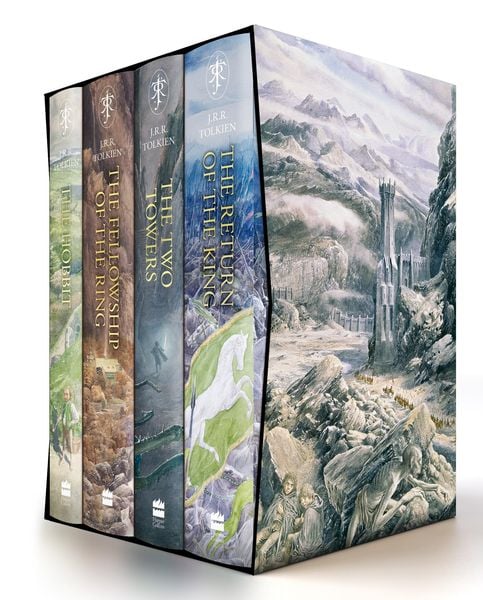 |
| My prized physical copies are littered with beautiful illustrations Image courtesy of Orel Fussli |
Watch
Peter Jackson’s The Hobbit and The Lord of the Rings trilogies are essential viewing (although the former was produced after the latter and is relies too much on special effects). The Rings of Power offers a window into the Second Age - visually spectacular, if not quite on par with something like Game of Thrones. I haven’t yet watched The War of the Rohirrim animated film, but reviews have been positive, so it’s definitely on my list.
Board Games
Middle-earth comes alive at the table, too. The Lord of the Rings Adventure Book Game is a charming co-op puzzle game that unfolds across a beautiful storybook board. Journeys in Middle-earth is a medium-weight adventure game - though it needs an app to run it. I’ve shared more detailed thoughts on this in another article if you’d like to explore further.
 |
| My wife and I successfully delivered the One Ring to the cracks of Mount Doom - the kids are next Image by Ravensburger |
Role-Playing Games
The One Ring is a brilliantly realized tabletop RPG that captures Tolkien’s world with care and depth. Even if you’re not into role-playing, the books themselves are worth collecting. They’re packed with striking art and extra lore that bring Middle-earth vividly to life. Read about my experiences here.
Video Games
This is my least favorite way to visit Middle-earth, mainly because the adaptations are hit-or-miss. Return to Moria is worth a look, but skip Gollum - it’s a rough ride. Your best bet is still Middle-earth: Shadow of War. It may feel a little dated now, but in my opinion, it’s the best Lord of the Rings video game we’ve had.
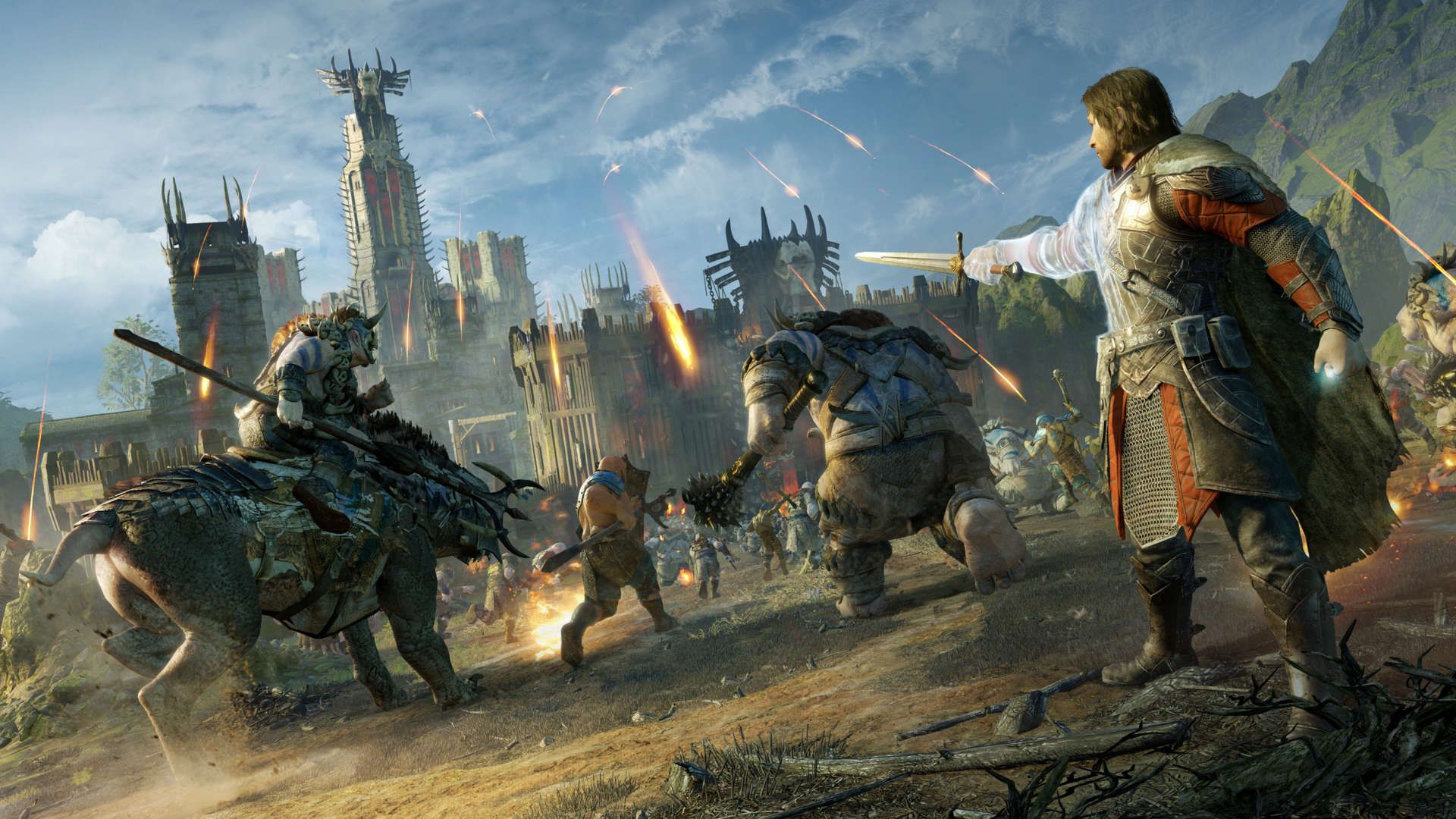 |
| Middle-earth: Shadow of War produced by Warner Bros. Interactive Entertainment |
Want to nerd out more?
Tolkien’s legendarium goes far beyond The Hobbit and The Lord of the Rings. Try The Children of Húrin, The Fall of Gondolin, or Beren and Lúthien for epic tales from the First Age. For the truly dedicated, Christopher Tolkien’s History of Middle-earth series is the deepest dive you can take - but even I haven’t braved all twelve volumes.
If the lore feels overwhelming, YouTube has your back. Channels like Nerd of the Rings and In Deep Geek do a wonderful job of breaking down Middle-earth’s tangled history into bite-sized, easy-to-digest videos. Perfect for late-night “just one more” viewing.
The Witcher
Toss a coin to your Witcher
The Witcher is a book, video game, and TV franchise that began with Polish author Andrzej Sapkowski’s short stories and novels. At its heart is Geralt of Rivia, a witcher - essentially a professional monster hunter with superhuman abilities earned through brutal training and mutagens.
 |
| The Geralt of Rivia I knew first - from the video games. I'm not getting into TV portrayal discussions... Image by CD Projekt Red |
Why I love it
The Witcher’s world is an intoxicating mix of the natural (bleak European forests, muddy villages, political strife) and the supernatural (herbal tonics, rare sorcery, eery monsters). What really grabs me is how it leans on Slavic mythology - giving it a different flavour than the usual Western European or Norse-inspired fantasy. It feels familiar, but also not.
How to start slaying
Read
Watch
 |
| Some of the folkloric monsters that you'll meet in The Witcher live action series Image courtesy of Dual Shockers |
Video games
The Witcher 2 sharpens things up, but The Witcher 3: Wild Hunt is a genuine masterpiece. Every side quest feels meaningful, the world is richly alive, and it set a new standard for open-world RPGs. If you’ve ever wondered why so many modern RPGs feel Witcher-esque, this is the reason. And yes, Witcher 4 is on the horizon.
Board games
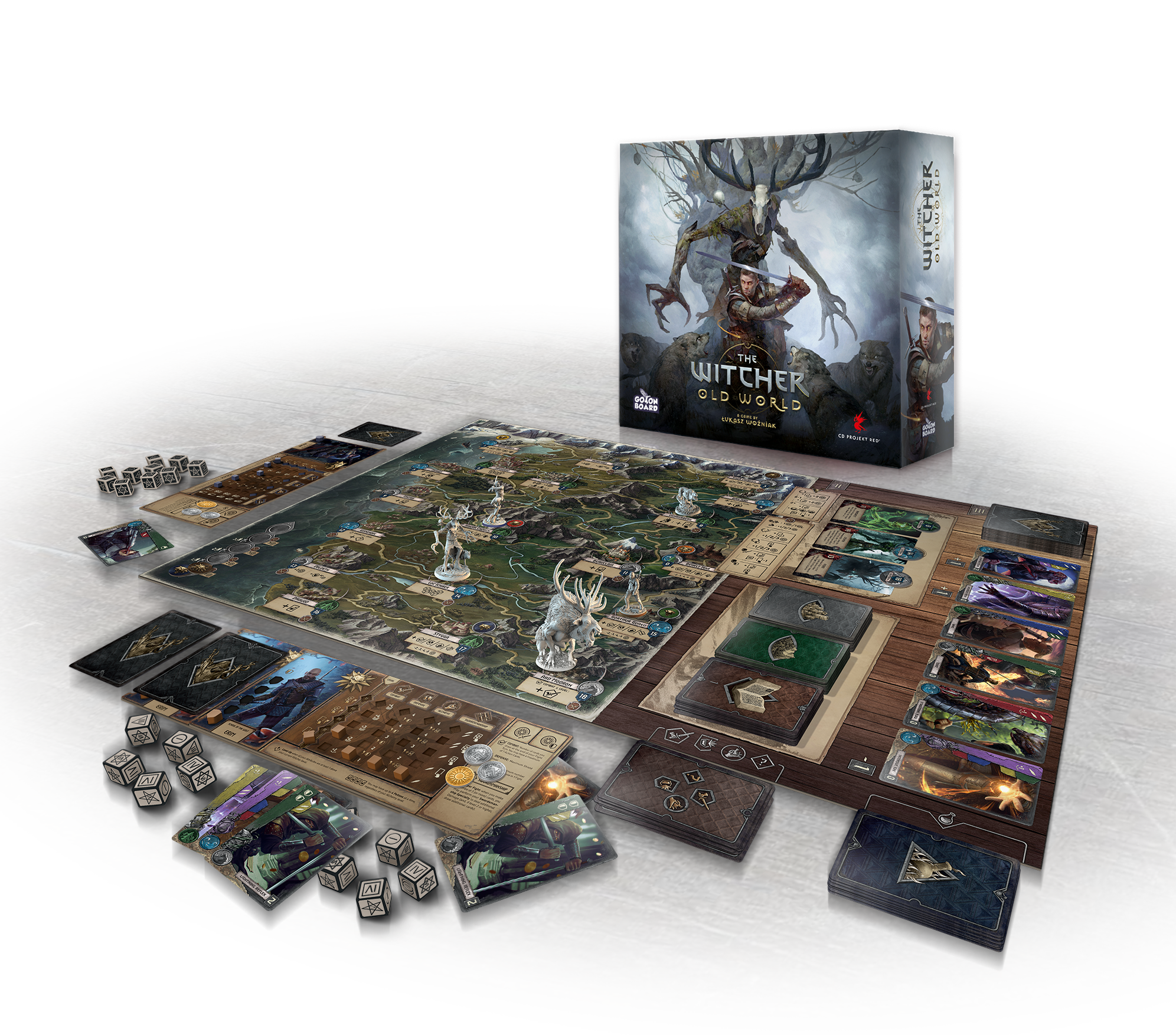 |
| The Witcher: Old World - become a Witcher and travel a world full of danger, secrets, and... dice poker Image from Go On Board |
Roleplaying games
 |
| Roam the mysterious forest of Davokar, where elves and ogres are not from your fairytales Image by Free League |
Game of Thrones
Game of Thrones
What is Game of Thrones?
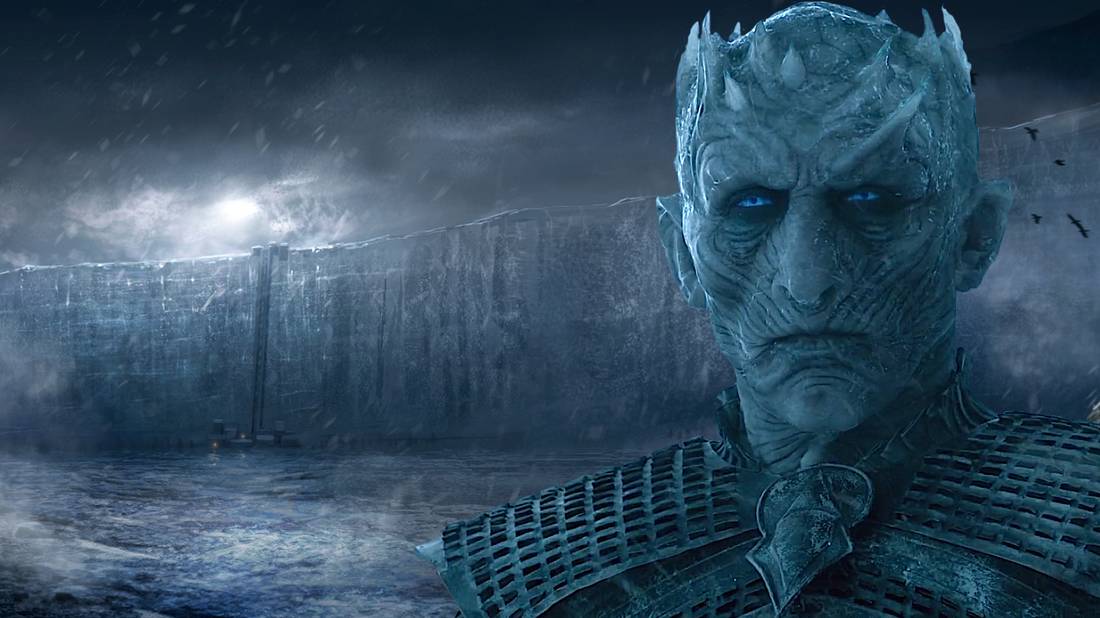 |
| The inhabitants of Westeros have no knowledge of what awaits them beyond the wall Image courtesy of Screen Rant |
Why I love it
Game of Thrones is probably the best TV series I’ve ever watched, drawn from books that have sold tens of millions of copies worldwide. What hooked me is the way the story unfolds from multiple perspectives — a political drama where you never know whom to trust, whom to root for, or who will make it to the next chapter.
 |
| Eliminating political rivals happens early and often Image courtesy of AP News |
The low-magic world makes every twist more compelling. Dragons are rare and fragile, magic is shadowy and tied to sacrifice, and the greatest threats are the ones people refuse to believe in. Add in the shocking betrayals and gut-punch moments, and you’ve got a series that constantly keeps you off balance.
Where do you start?
The Game of Thrones TV series is phenomenal (except, well… Season 8). The prequel, House of the Dragon, has also proven itself to be a worthy addition.
Confession time again: I own the original Game of Thrones first novel, but I’ve never fully read it. When the show was that good, I didn’t feel the urgency. Blasphemy? Maybe — but I suspect I’m not alone.
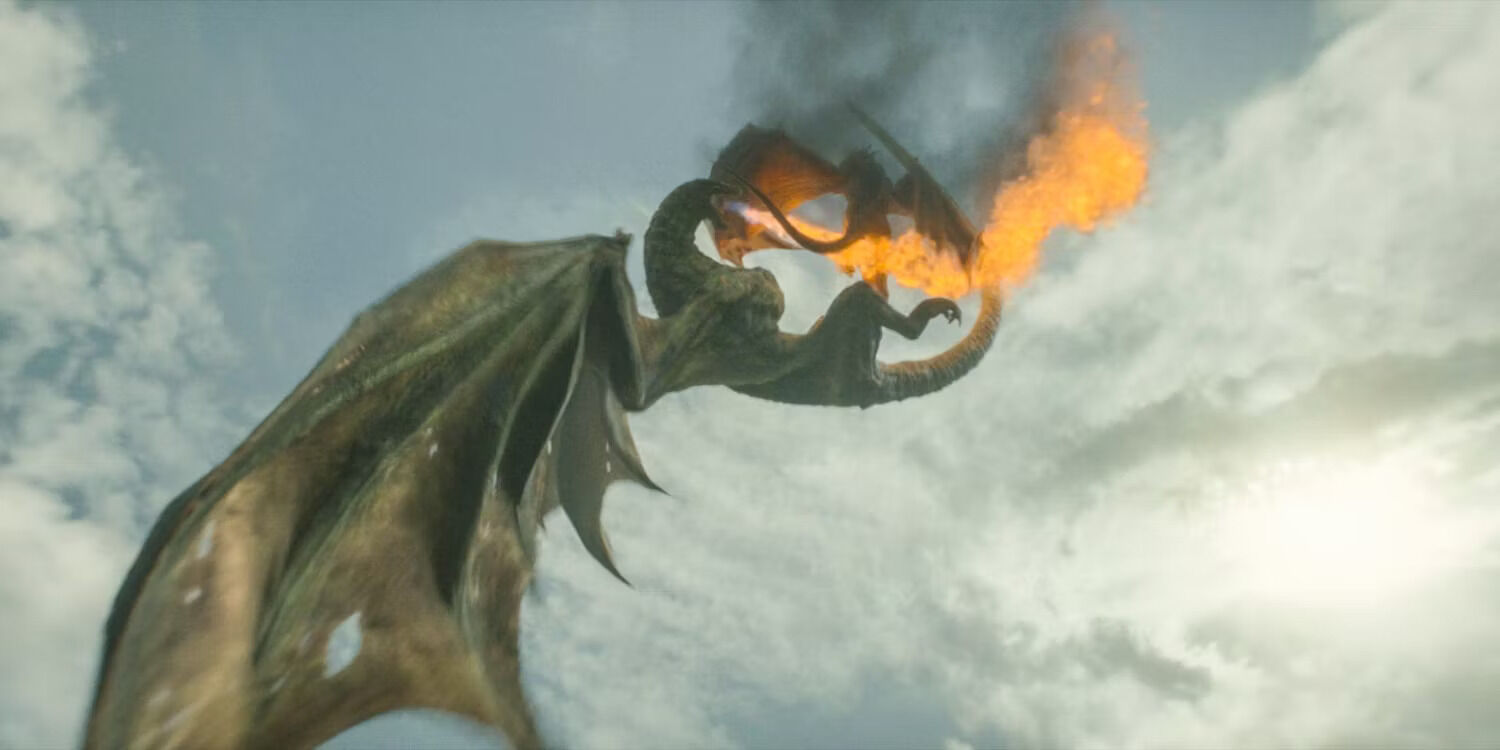 |
| House of the Dragon is a prequel series to Game of Thrones, that comes with 500% more dragons Image courtesy of Geek Culture |
What's next?
So there you have it — my love letter to Middle-earth and a couple of my favorite low fantasy settings. What they lack in over-the-top spectacle compared to my high fantasy fare, they more than make up for in immersion and nuance.
Got a favorite low fantasy world of your own? Drop it in the comments — I’d love to hear what settings pull you in. And if you don’t want to miss the next article in this series, make sure to subscribe to the newsletter.
Next up: we’ll close out the fantasy trio with my personal favourite flavour — dark fantasy, where horror bleeds into the fantastic and where merely surviving is often a victory.
Keeping it grounded,
Dashmeister
 |
| Sword & Sorcery - another type of low fantasy - is an area left for me to explore Image courtesy of DMDave |
Comments
Post a Comment